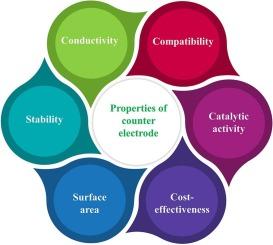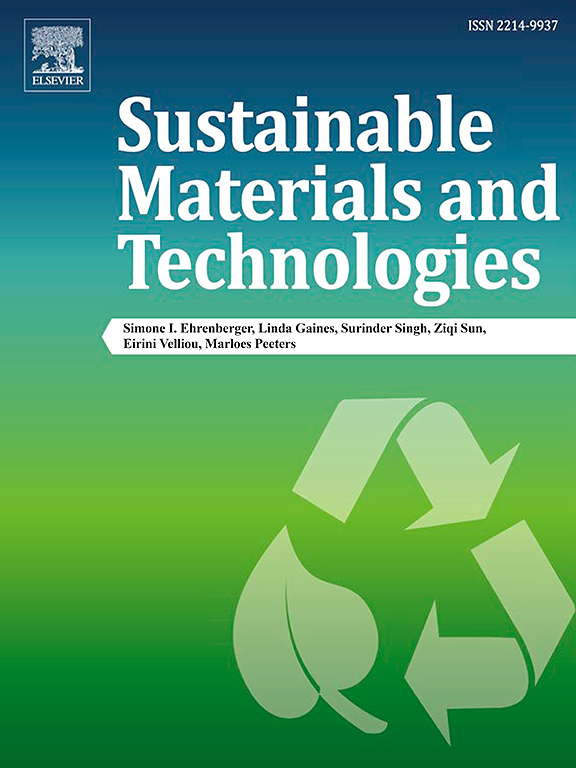染料敏化太阳能电池的新一代对电极:全面概述
IF 8.6
2区 工程技术
Q1 ENERGY & FUELS
引用次数: 0
摘要
染料敏化太阳能电池(DSSC)因其价格低廉、易于生产,为高效太阳能转换提供了一条前景广阔的途径。DSSC 结构中的一个关键部件是对电极 (CE),它在促进电子转移和确保电路连续性方面起着根本性的作用。本综述全面介绍了 DSSC 对电极的特点、技术和进步。从探讨太阳能转换原理开始,我们强调了 DSSC 在利用可再生能源方面的关键作用。我们强调了高性能对电极的重要性,它要求材料具有卓越的催化活性、导电性和稳定性。我们深入分析了各种对电极类型,包括碳基、金属基和新兴纳米结构材料(如碳纳米管)。评估标准包括合成方法、电化学特性以及对 DSSC 的适用性。此外,我们还深入研究了从传统电沉积到化学气相沉积等先进方法的各种制备技术。对合成条件的分析揭示了形态和性能优化策略。最后,我们概述了 DSSC 对电极的前景和挑战,强调了新型材料开发、合成技术改进和多功能集成等研究途径。这些见解旨在推动 DSSC 技术走向广泛的商业化。本文章由计算机程序翻译,如有差异,请以英文原文为准。

Next-generation counter electrodes for dye-sensitized solar cells: A comprehensive overview
Dye-Sensitized Solar Cells (DSSCs) offer a promising avenue for efficient solar energy conversion, owing to their affordability and ease of production. A crucial component in DSSC architecture is the counter electrode (CE), which plays a fundamental role in facilitating electron transfer and ensuring circuit continuity. This review comprehensively surveys the characteristics, techniques, and advancements in DSSC counter electrodes. Beginning with an exploration of solar energy conversion principles, we underscore the pivotal role of DSSCs in harnessing renewable energy. The significance of high-performance counter electrodes is emphasized, necessitating materials with superior catalytic activity, conductivity, and stability. We provide an in-depth analysis of various counter electrode types, encompassing carbon-based, metal-based, and emerging nanostructured materials like carbon nanotubes. Evaluation criteria include synthesis methods, electrochemical properties, and applicability to DSSCs. Additionally, we delve into diverse preparation techniques, ranging from conventional electrodeposition to advanced methods like chemical vapor deposition. Analysis of synthesis conditions sheds light on morphology and performance optimization strategies. Finally, we outline prospects and challenges in DSSC counter electrodes, highlighting research avenues such as novel material development, synthesis technique enhancement, and multifunctional integration. These insights aim to propel DSSC technology towards widespread commercialization.
求助全文
通过发布文献求助,成功后即可免费获取论文全文。
去求助
来源期刊

Sustainable Materials and Technologies
Energy-Renewable Energy, Sustainability and the Environment
CiteScore
13.40
自引率
4.20%
发文量
158
审稿时长
45 days
期刊介绍:
Sustainable Materials and Technologies (SM&T), an international, cross-disciplinary, fully open access journal published by Elsevier, focuses on original full-length research articles and reviews. It covers applied or fundamental science of nano-, micro-, meso-, and macro-scale aspects of materials and technologies for sustainable development. SM&T gives special attention to contributions that bridge the knowledge gap between materials and system designs.
 求助内容:
求助内容: 应助结果提醒方式:
应助结果提醒方式:


